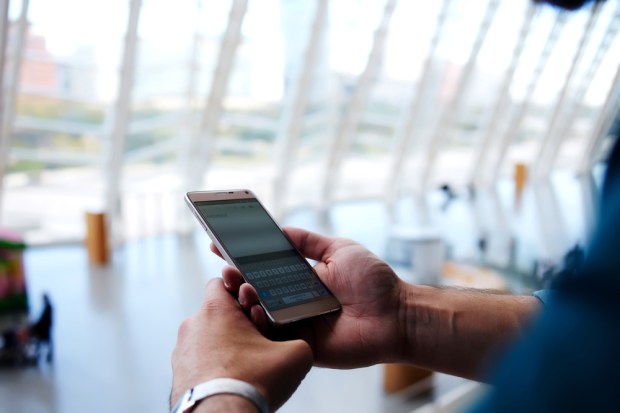Chase QuickPay Goes Real Time With More Banks

Chase customers will soon have the ability to send and receive money with customers of other banks using Chase QuickPay.
Chase announced on Thursday (June 16) that peer-to-peer transactions will take place in real time, enabling its customers to withdraw the funds immediately at an ATM or use them to pay bills right away.
“Consumers expect immediate action in our real-time world. That’s why we’re making this faster service available for our customers,” Barry Sommers, CEO of consumer banking at Chase, said in a press release.
“Our customers love the convenience of using Chase QuickPay, and we expect all our improvements will make it even more popular,” added Sommers.
According to Chase, its customers used Chase QuickPay to send $20 billion in person-to-person transactions in 2015. The clearXchange network from Early Warning will soon enable the real-time transactions with customers of other participating banks.
The company also confirmed that, later this month, its customers will be able to use the Chase Mobile app to enroll in Chase QuickPay, as well as add recipients and see images of recipients directly from their phone’s contacts list.
Chase’s mobile payment wallet had its own big news this month.
Though Chase Pay hasn’t launched yet for in-store or in-app payments, it has already gained support from a major gas station chain. Last week, JPMorgan Chase announced that it secured a multi-year deal with Shell to accept Chase Pay at all of its gas stations.
When it officially launches beyond the eCommerce option later this year (date TBD), it will serve as an app that will enable consumers to pay at the pump using their phone — without having to pull out a credit card.
The details of Chase Pay were first announced last October, when the company revealed it would be rolling out a mobile/digital closed-loop network of merchants and consumers. One of its key differentiators is its embrace of a “merchant-friendly” value proposition in the form of favorable payments economics, integration of existing merchant loyalty programs into its mobile payments platform and its indemnification of the merchant against any consumer-initiated fraud.
